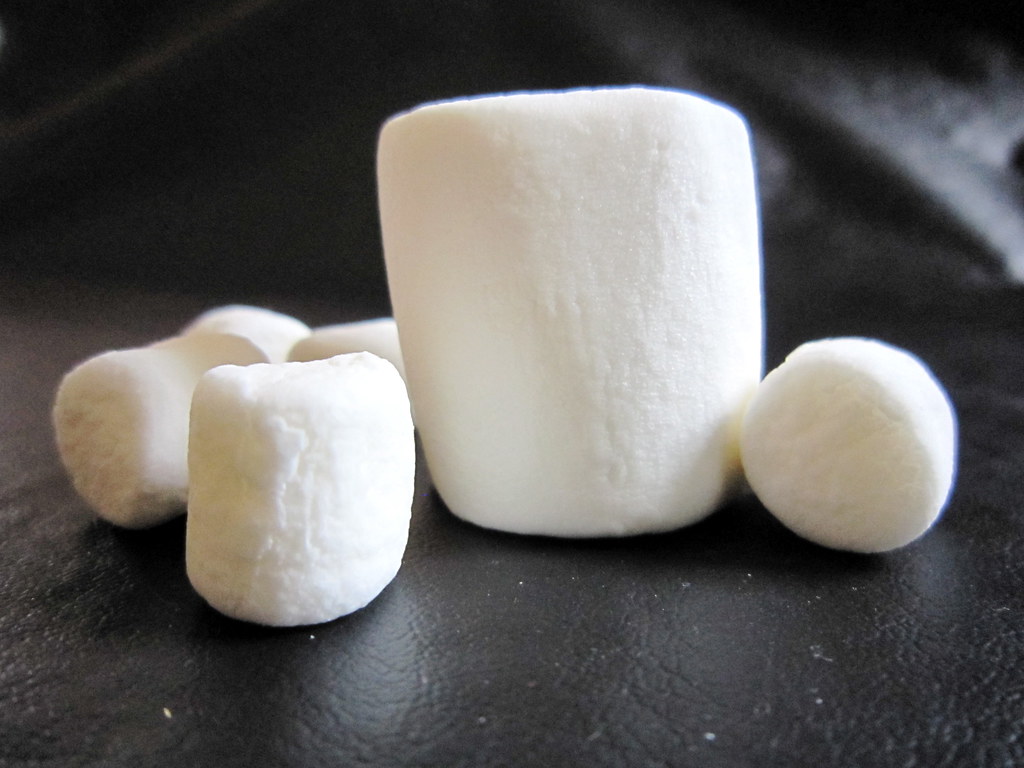by Tim Elmore of growingleaders.com
Best-selling author Simon Sinek was interviewed on Millennials and said something startling. According to Sinek, the use of social media has the same effect as drinking, smoking or gambling. It is addictive. The same chemical, dopamine, is released in us when we hear the ping of social media. The students we hosted in our focus groups last year agreed—they’re addicted. Interestingly, we have age restrictions on drinking, smoking and gambling—but not on social media. Anyone can use it.
So, in essence, as kids go through the stressful years of adolescence and begin relying on social media—it’s like allowing a kid the key to a bar full of alcohol and saying, “Have at it.” Social media has become such an influential factor in students’ lives so rapidly, that, by and large, we’ve not figured out how to “civilize” it yet.
Four Descriptions of Social Media’s Impact on Users

When you summarize what it does in a few phrases, social media is about:
- Instant (There’s no delay to the reception of a message.)
- Constant (There’s not relief from the barrage of messages.)
- Resistant (It diminishes the development of interpersonal skills.)
- Insistent (It coerces teens to feel they have to read and reply.)
Ironically, social media now acts like a stimulant that can actually cause depression.
“Researchers at the University of Pittsburgh School of Medicine recently conducted a study about the effects of social media habits on the moods of users. The research determined that the more time young adults use social media, the more likely they are to be depressed” reports Forbes.com.
The Dangers of Being an Adolescent Today
Like many others, Sinek sees the dangers of embarking on a career today—given the realities young adults face, especially because their world retards the ability to delay gratification. Growing into adulthood in a culture of “instant gratification” can sabotage us. Why? Sinek says there are two important elements most of us want that we cannot obtain immediately. They come over time:
- Job satisfaction. (We don’t climb the career ladder quickly. It takes time.)
- Strong relationships. (We must learn to cultivate healthy relationships.)
Both of these highly desired outcomes occur over time—not overnight. They develop in a “crockpot” not a “microwave.” There isn’t any instant gratification like they have been conditioned to receive. Dr. Jean Twenge (who will join us at our National Leadership Forum June 22-23, 2017), reveals that the angst we see in teens today directly parallels the introduction of social media into our daily lives. For millions of us, we cannot trust our “willpower.”
Five Guardrails to Put in Place
Over the years our society has put “guardrails” in place for other addictive habits like smoking at airports or drinking in restaurants. Let me offer a beginning to the same conversation on social media with your students or kids at home. What if you talked about this research, then established “guardrails” to ensure we all remain on the road, without veering off a cliff and damaging our lives:
1. Establish clear boundaries.
Why not construct mutual boundaries that both adults and students must maintain? It could be a boundary on hours spent on social media or where it’s OK to use it. Just like we have times and places for smoking in airports.
2. Think substitutes.
Why not create a list of items that could be used as a substitute for social media? Smokers often chew gum—why not substitute reading or board games for Instagram or Facebook? It will require creativity but it’s the best way to beat a habit.
3. Teach moderation.
When people reach adulthood, they’re allowed to legally drink. So we often say: “There’s nothing wrong with alcohol. The problem’s too much alcohol.” What if you established a limit on hours or locations for social media?
4. Equip them for face-to-face relationships.
Addictive habits can diminish essential skills we need. Dependence on one muscle can cause others to atrophy. What if we spent time on intentional training for interpersonal skills and emotional intelligence for our students on social media?
5. Enable them to discover purpose.
Finally, the best way to overcome a bad habit is to acquire a strong sense of purpose. Friedrich Nietzsche wrote, “He who has a why to live for can bear almost any how.” What if we fostered conversation with students on their sense of mission in life?
Philosopher Jean de La Bruyère said, “The greatest part of humanity employs their first years in efforts to make their last years miserable.” Social media can cause a student to experience the best day or the worst day, depending on the message on their phone. We must lead them out of this emotional roller coaster and into emotional stability.
 The experiment began by bringing each child into a private room, sitting them down in a chair, and placing a marshmallow on the table in front of them.
The experiment began by bringing each child into a private room, sitting them down in a chair, and placing a marshmallow on the table in front of them.